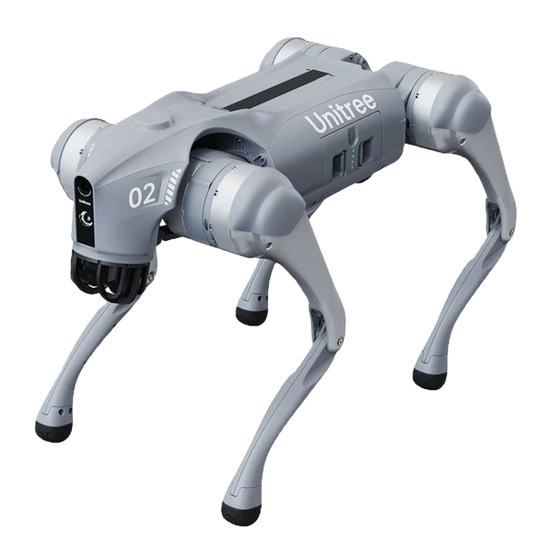RTH (Return to Home)
A safety feature that automatically guides the drone back to its takeoff point when triggered or in case of low battery or loss of signal.
RTH, or Return to Home, is a fundamental feature that enhances the reliability of drone operations. Understanding terms like RTH is essential for drone enthusiasts and professionals alike, as it empowers them to navigate the skies with confidence and peace of mind.
What is RTH (Return to Home)?
RTH (Return to Home) refers to a safety feature that automatically guides the drone back to its takeoff point when triggered or in case of low battery or loss of signal. This function serves as a safeguard against potential disasters that may occur during flight, offering operators a reliable way to ensure their drone returns safely. When activated, RTH utilizes GPS coordinates to direct the drone along a predetermined path, minimizing the risk of crashes or loss of the aircraft.
Key Concepts:
GPS Functionality: The effectiveness of RTH largely relies on accurate GPS signals, allowing the drone to pinpoint its location and the location of the takeoff point.
Trigger Mechanisms: RTH can be activated automatically under specific conditions, such as low battery or loss of communication, but some drones also allow manual activation via a remote control button or app.
Safety Protocols: RTH incorporates safety protocols that help the drone navigate obstacles in its path during the return journey, enhancing successful landings.
Applications and Relevance:
Emergency Landings: In situations where a drone's battery is critically low or connectivity is compromised, RTH ensures it returns home to avoid accidents.
Aerial Surveys and Mapping: RTH is essential during lengthy operations, where operators might move far from the takeoff point, providing reassurance that the drone will return safely once the mission is complete.
Recreational Drones: Hobbyist users greatly benefit from RTH, as it lowers anxiety about losing their equipment, making the flying experience more enjoyable.
Challenges and Considerations:
Signal Interference: RTH relies on strong GPS signals; interference from buildings, trees, or other obstacles can complicate the return process.
Altitude Changes: If the drone ascends to a high altitude, RTH must navigate back while avoiding geographical features, which could pose a risk if not properly managed.
User Familiarity: Not all operators fully understand how RTH functions, leading to potential misuse or misinterpretations of its capabilities and limitations.
Future Trends and Innovations:
Enhanced GPS Accuracy: Advances in GPS technology promise to improve the precision of RTH systems, reducing the likelihood of navigational errors during return flights.
Obstacle Avoidance Technologies: The integration of advanced sensors and AI will facilitate intelligent obstacle avoidance during RTH, creating safer return paths for drones.
Personalized Return Paths: Future developments may allow operators to customize return routes based on preferences, giving them more control over how a drone comes back.
RTH (Return to Home) is a cornerstone of modern drone safety features, playing a crucial role in promoting confidence among users in both professional and recreational contexts. By understanding RTH, operators can enhance their flying experience while mitigating risks associated with drone use. As drone technology continues to advance, the significance of RTH will likely grow, paving the way for greater innovation and safety in aerial operations.














